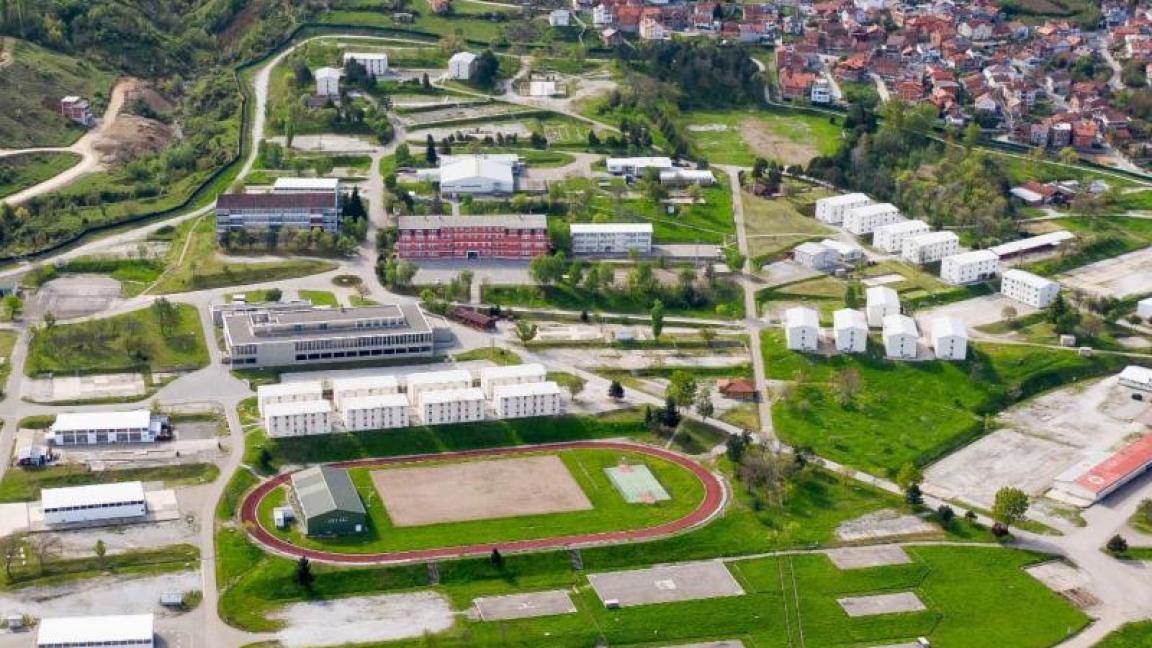Woran wir arbeiten
Unsere Expertinnen und Experten unterstützen nachhaltige Veränderungen – ob in Kambodscha, in Liberia oder in Deutschland. Die GIZ hat mehr als 50 Jahre Erfahrung in unterschiedlichsten Feldern, von der Wirtschafts- und Beschäftigungsförderung über Energie- und Umweltthemen bis hin zur Förderung von Frieden und Sicherheit.
Im Fokus

Projekte weltweit
1.429
Aufträge
90
Länder





